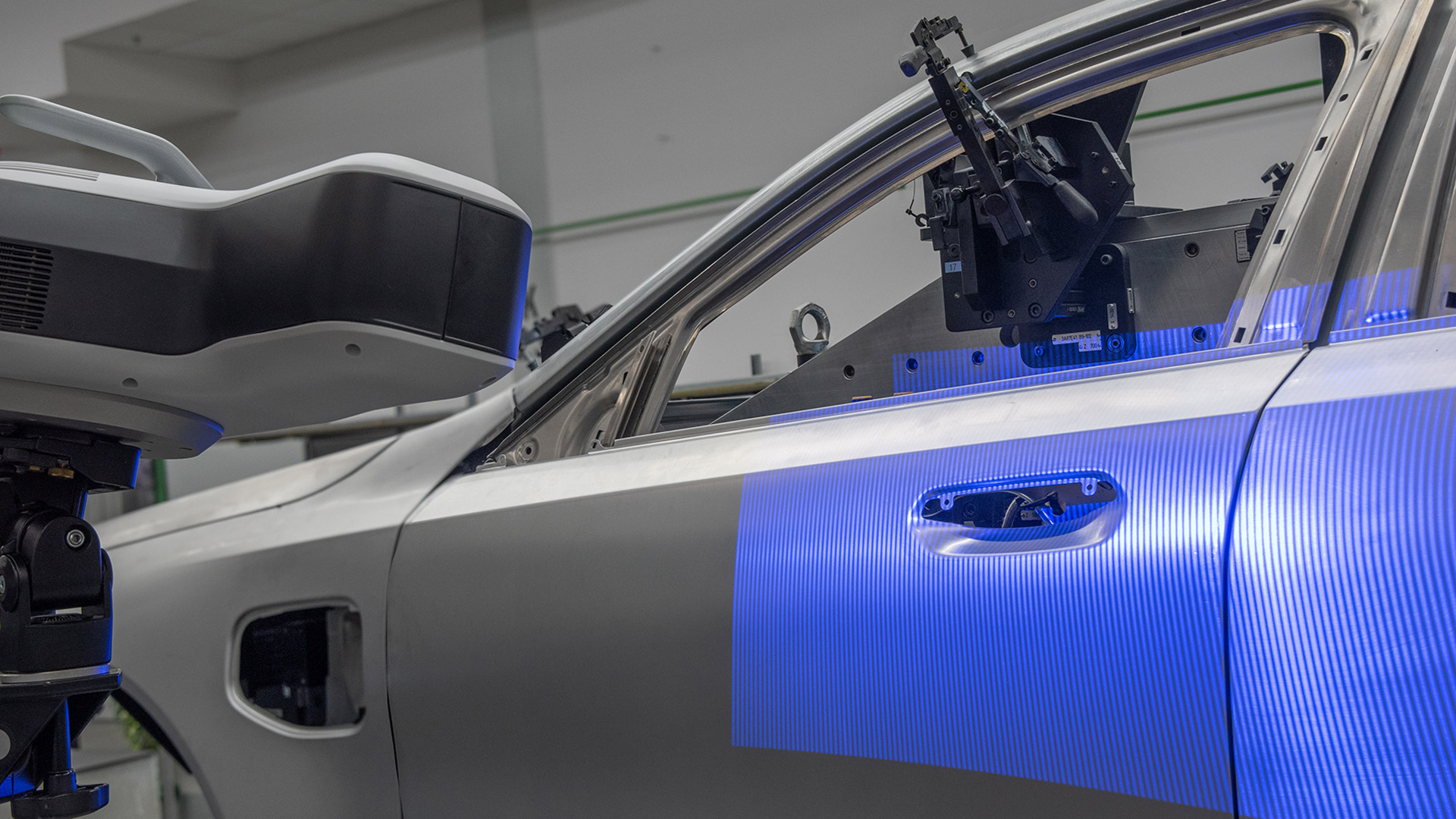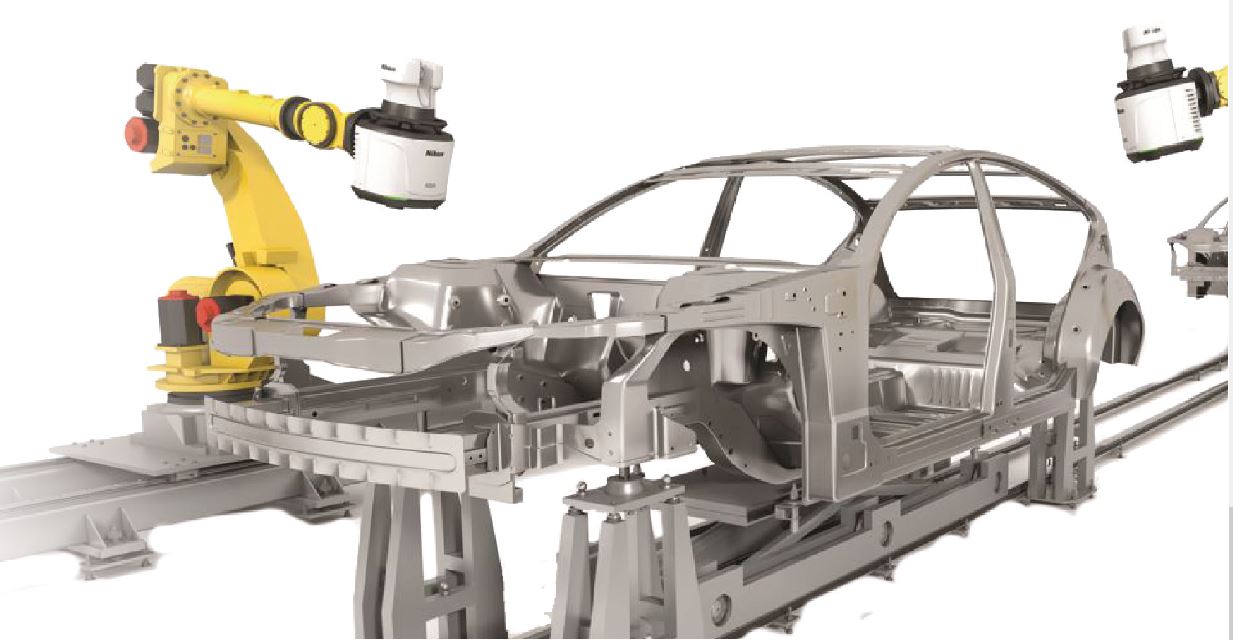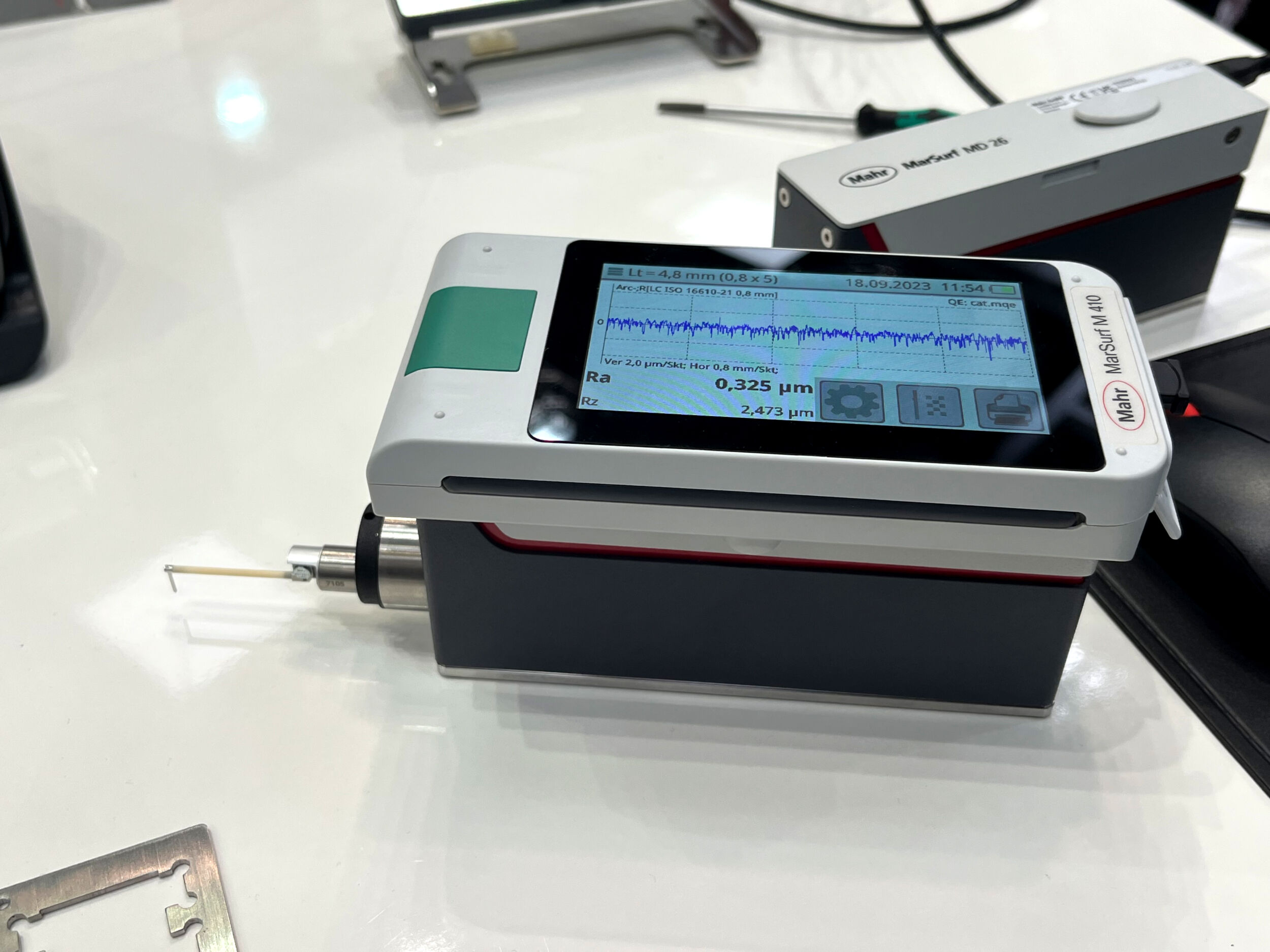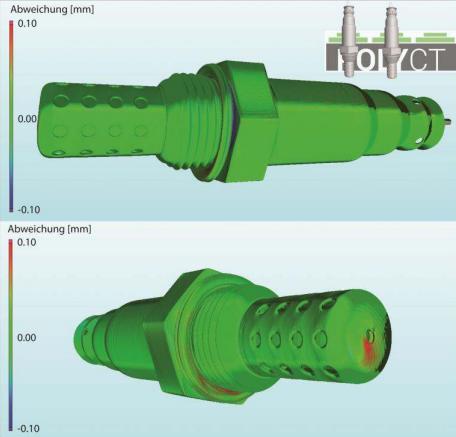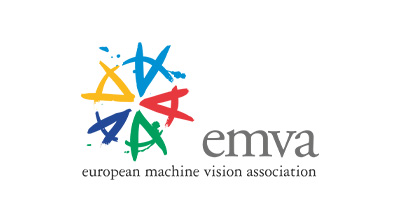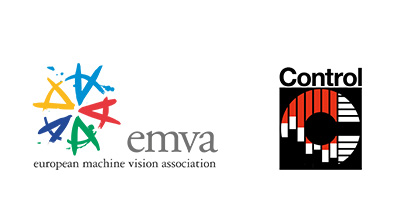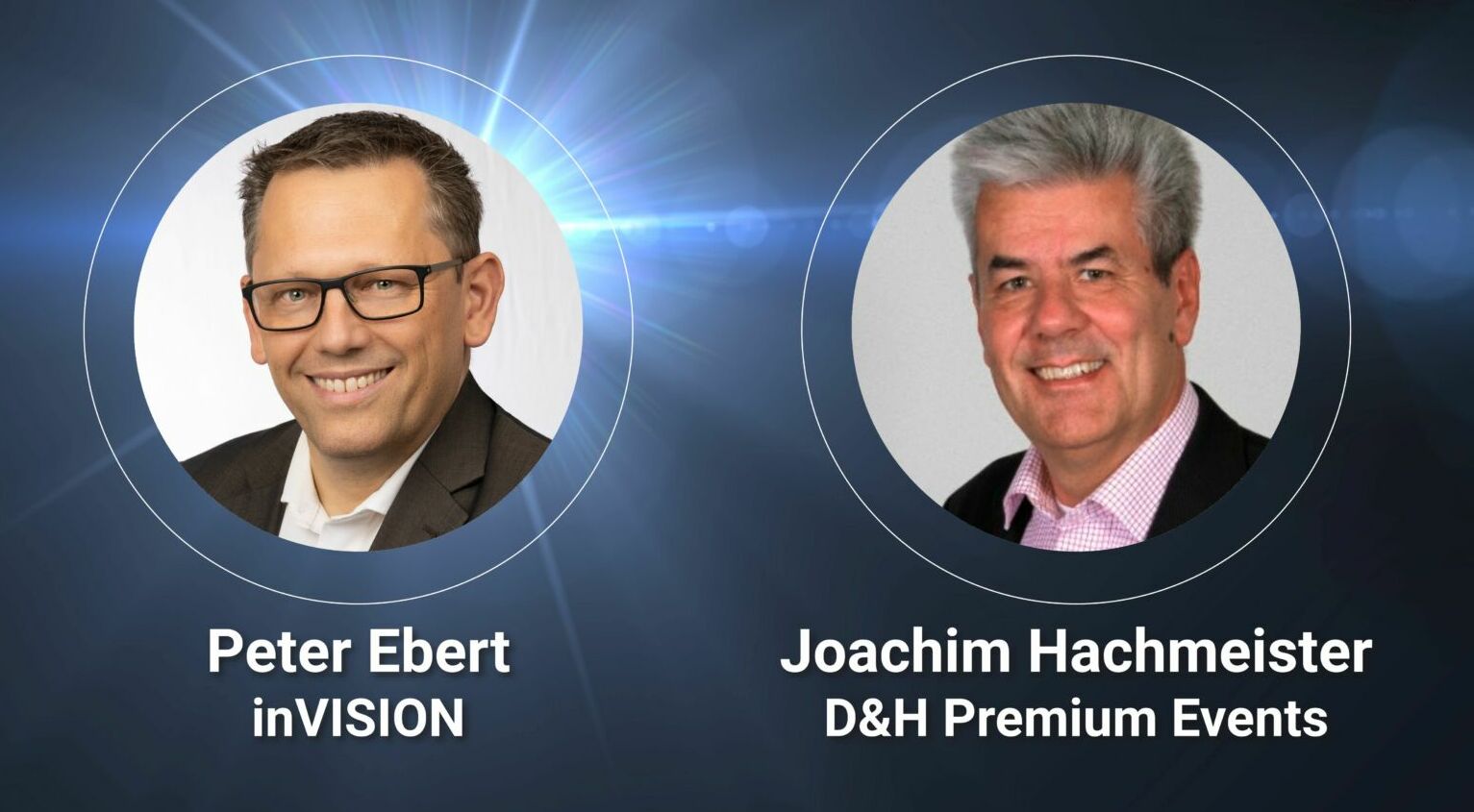Overcoming the Barriers to Scale with HSI
1. Connect SMEs to create sufficient critical mass by joint ownership or venture frame: Most suppliers in that field are too small to be taken seriously by large industrial operators. This Buy&Build strategy allows to expand the commercial footprint.
2. Focus only on vertical market segments with potential for scaling, e.g. industrial food production: Many small suppliers chase every order for the passion of new technical solutions, but also in despair to get any orders. A few segments however, have big scaling potential like the food industry – but they require more upfront investment.
3. Only solve problems that the customer is willing to pay for: ROI, Risk Reduction Stay away from the exotic onesie-twosie opportunities. Focus on ROI, risk reduction, measurable process efficiency improvements.
4. Change the Business Model from Component Sales to Solution Sales: Industrial end users don´t want to be bothered with technical details of spectral sensors. They want to see sorting purity, inspection safety / reliability or process improvement. This requires a completely different language and approach in sales and application-ready solutions instead of components.
5. Establish worldwide services: Real scaling starts when you get into one of the large producers with your machine vision solutions and be standardized on all their production lines. For them the solution becomes mission critical, demanding quick turn-around times and a local service operation everywhere.
6. Move price range from scientific single unit level to industrial serial product: HSI cameras in many cases are still hand-crafted and hand-calibrated single units. They are universal, flexible and well suited for Lab use. The cost of these units reflects the way they are produced. The biggest potential lies within the spectrum of Short-Wave-Infrared. It is expected, that there is a positive trend for decreasing InGaAs sensor prices at growing volumes.
7. Hide internal complexity by comprehensive application layers: This is probably one of the most difficult hurdles, as it comprises several levels of action. Interpreting hyperspectral data is complex and requires specialized expertise.
8. Combine functional components and integrate to application specific solutions: End-users need a working solution to their problem, not a puzzle of components. Machine builders have to adopt the role of full integration of the hyperspectral sensor suite into their machines.
9. Provide application-ready solution that integrates into existing workflows: To do this successfully, not only knowledge about vision technology is required, but domain knowledge from the vertical industry segment and their needs. This requires focus, specialization – and in order to scale: a global reach within this segment.
10. Use HSI as a differentiator only where needed: In some cases, alternative technologies or approaches (e.g. RGB cameras) might provide similar or sufficient information at a lower cost or with simpler implementation.
11. Heavy use of AI for Algorithms and for Process Control: AI plays a significant role in enhancing the capabilities and applications of hyperspectral imaging. AI can automate the analysis process, enabling real-time interpretation of hyperspectral data. This is essential for applications like production lines, where quick decisions are required. AI enables faster, more accurate analysis and interpretation.
Vision Solutions Group as a new platform
All the before said lead us to the conclusion that we need to create a different environment to enable growth and scale-up, combining the innovation power and expertise of existing players and adding the missing competencies by organic investment, mainly on the commercial side. With Swedish Alder we found an investor focusing on sustainable technologies, Insort GmbH is the first anchor investment and a market leader in sorting machines for nuts, dried fruit and potatoes, using HSI. This will become a group of highly specialized companies, optimizing the industrial production processes in the food industry. Its core technology shall be machine vision-based sensors which are seamlessly integrated into machines for different production processes. HSI will be a key differentiator to traditional technologies. More to follow soon.
cs-consult@t-online.de



